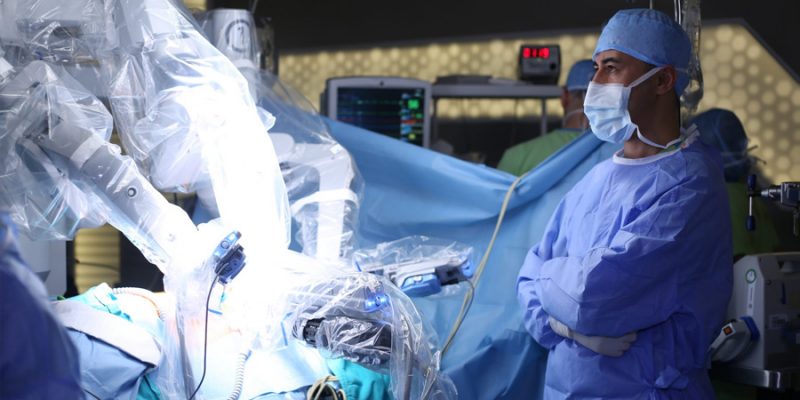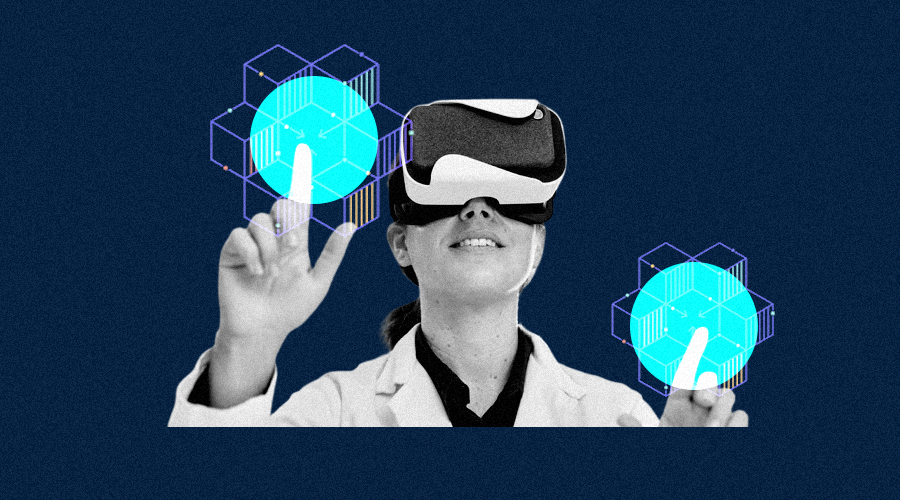
Technology in surgery has been claiming rapid progress for the past few years alleviating surgical complication
Integration of technology in healthcare often resembles the extent of aid it has influenced as compared to manual operations. Perhaps, technology in surgery has a vast endowment of robotics and artificial intelligence, in particular, that has caused an uninterrupted workflow. The occurrence of surgical complications in maximum cases has been significantly reduced with technology in the game. As the demand for accuracy increases, technology keeps ushering in to ensure precision.
Only 3% of the healthcare industry across the world has actively adapted to the technology imbibed in surgery. However, substantial scopes for technology to dominate the future of surgery is plausible as the benefits commit greater good. Surgeons are excessively responsible for the delicate process all by themselves, any fallacies on their end are seen as a gross offense. This is increasing because of the fact that each life matters equally and the value of a life is infinitely priced. Eventually, the pressure of accomplishing surgery comes hand in hand with facing the complex human anatomy that needs utmost attention and cautiousness of the surgeon. Therefore, the adverse impacts caused by manual operations pave the way for technology in surgery.
Surgical Robots
Complicated and delicate surgeries that involve minimally invasive methods are efficiently carried out by surgical robots. The surgical robots are skilled with automated computerized commands or algorithms to function in the procedures of surgery. This reduces the possible risks and harmful negligence from the surgeon’s end. As the perfection of operation continues by the surgical robots the extent of infections is also decreased.
AI-driven remote Diagnosis
The shift to a remote lifestyle has enabled the healthcare industry to take the extra mile to extend health tech services to medical beneficiaries. Certain medical conditions demand urgent attention from the medical practitioners and wireless technology in surgery has done more than wonder than ever happened before the inception of the current pandemic. The lab tests that took weeks and months are now available at home. A smartphone with a camera can be used to perform the prescribed diagnosis and results could be generated immediately. This accelerates the pre-surgical formalities and surgery does not have to wait for longer durations.
Laser Surgery
The robust effects of beams and rays can miraculously treat disease and perform surgery that nobody has envisioned before. Surgeries like laparoscopy, resizing cornea, and skin removal are largely controlled by an accepted mode of operations. As a result, the probability of incision is averted and the patients can be operated on from over their skin. Laser technology in surgery has a promising future, convenient invasion being one.
3D Visuals
The advent of 3-dimensional nail technology has erupted a craze for realistic viewing of things that could not be otherwise achieved. Therefore, in a parallel environment healthcare professionals are imbibing 3D printing and simulations to educate the patient about their underlying condition as well as chalk out a well-defined plan to implement the surgery successfully. This installment of technology in surgery has facilitated actual organs of a human body to function in the same way as they do inside the body to enable the human eyes to be exposed to it
Virtual Reality and Augmented Reality
The teaching and learning process is broadly benefitted from this installment of technology in surgery. The surgeons can capture intricate surgery while they are performing them and can stream them through VR goggles to the students. This allows the students to get a view of the operative area as well as the incisions performed over it. This is an imperative factor that is responsible for determining the future surgeons and medical professionals. Comprehensive knowledge can therefore result in more efficient performance. This is a technology that has an indirect advantage on the surgical techniques yet immense power to build the upcoming healthcare industry.



















